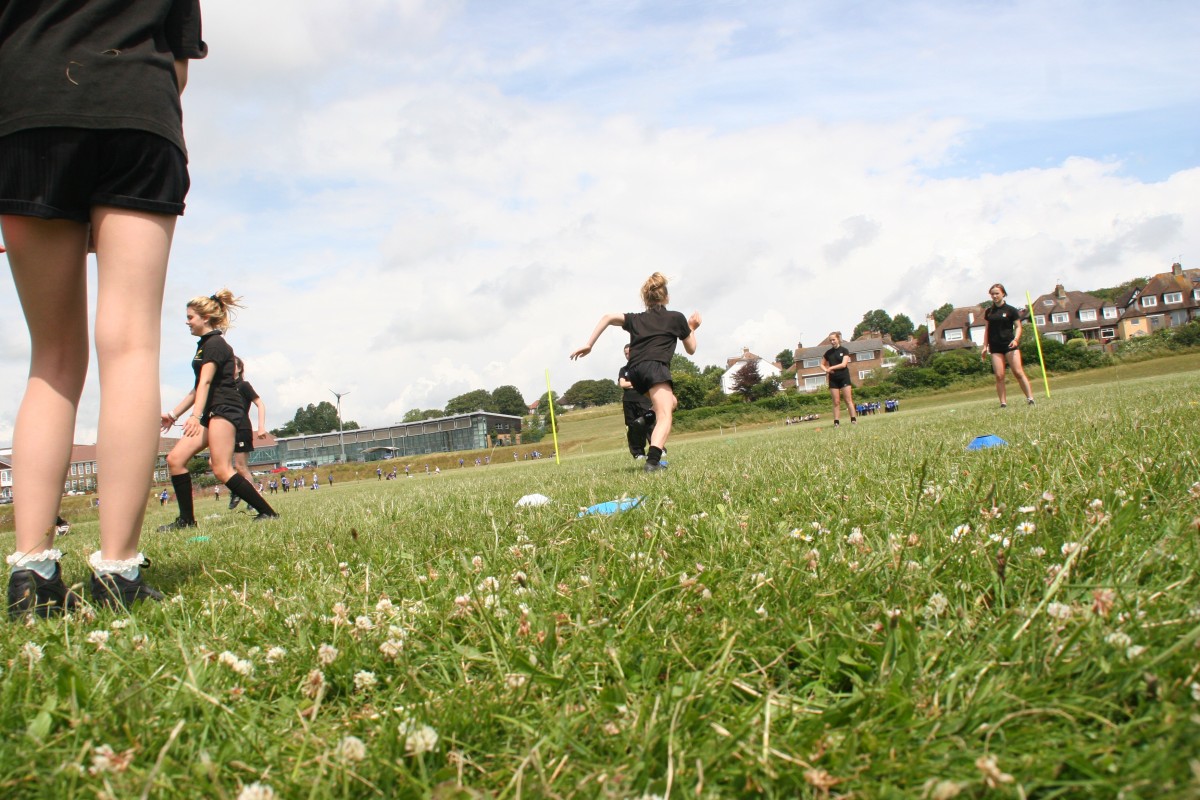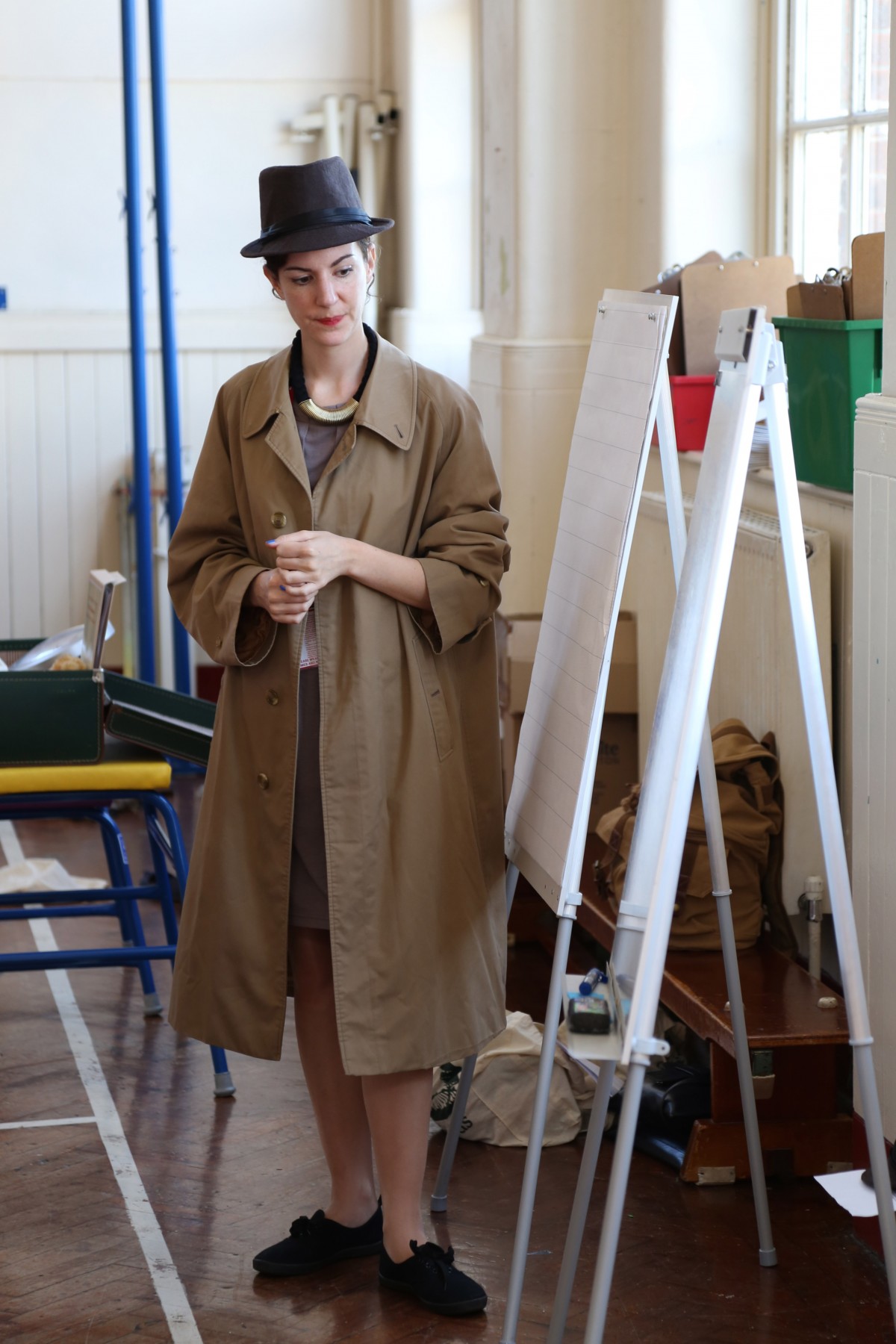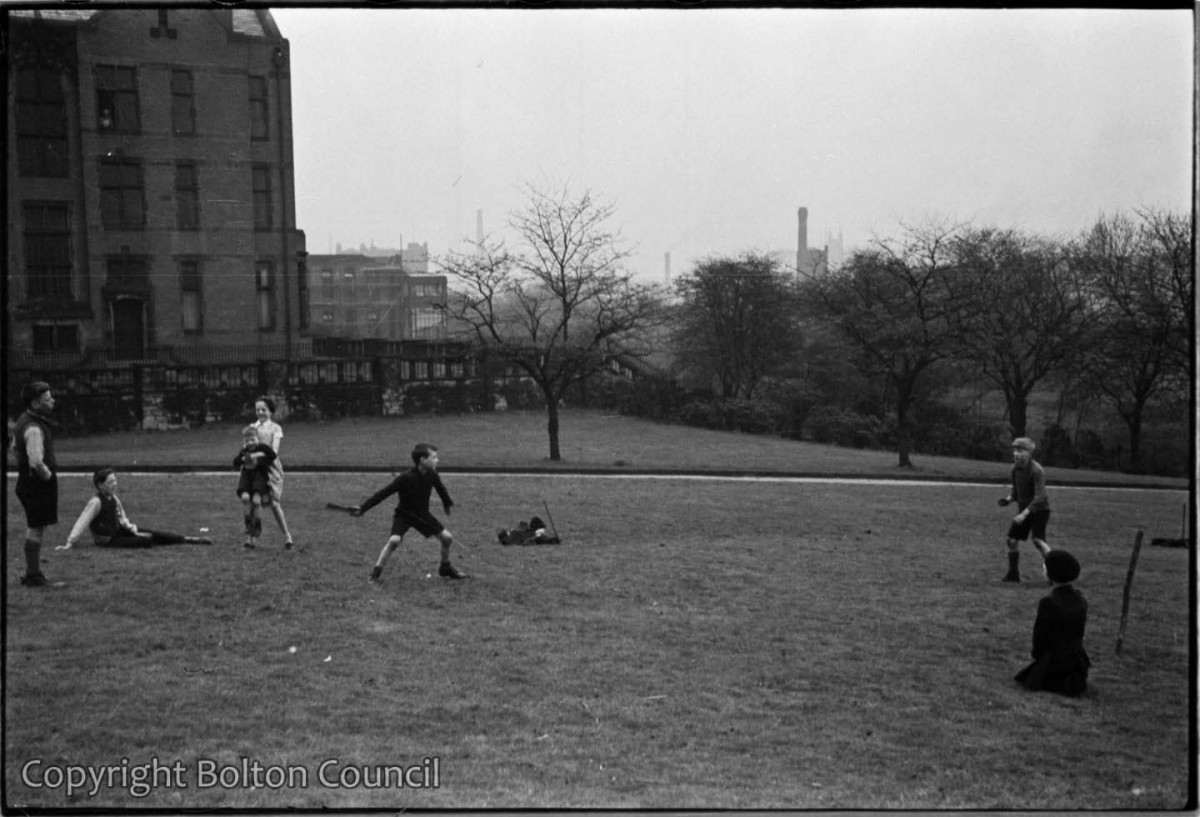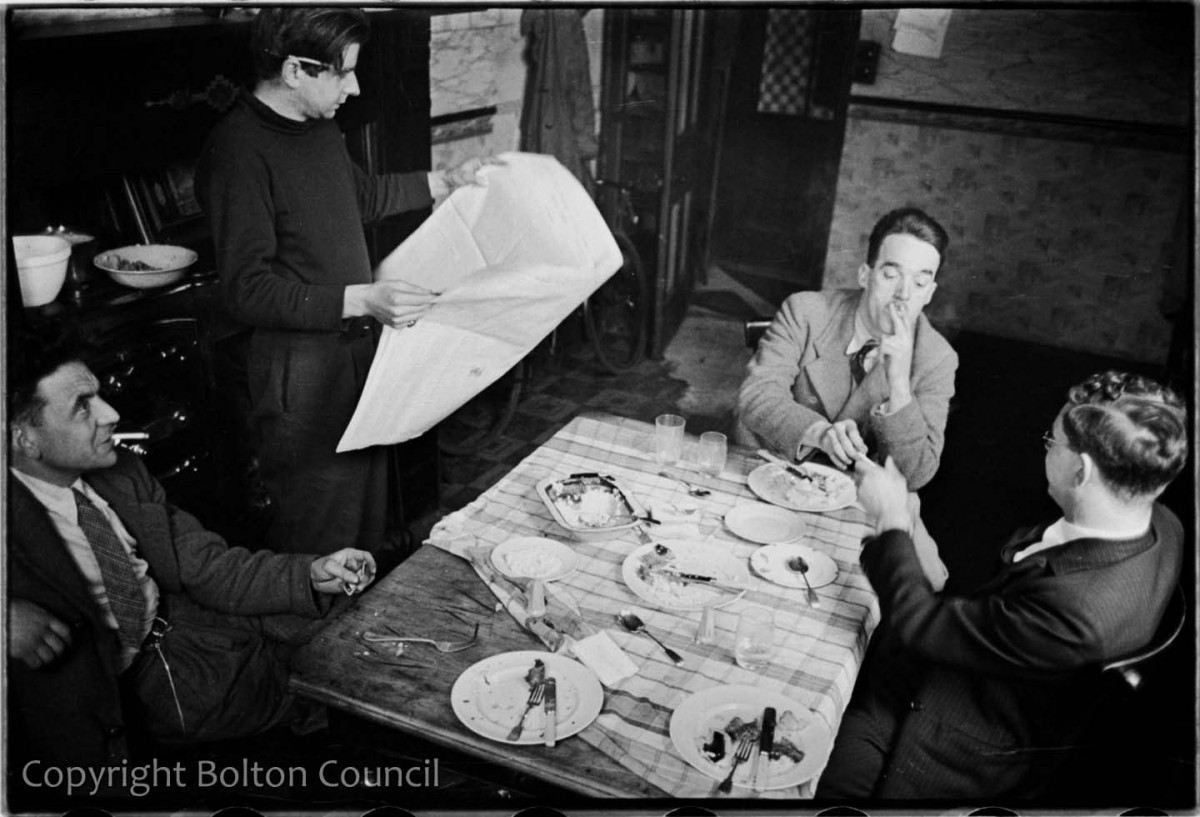Written by Dr. Annebella Pollen
Under instructions from Tom Harrisson of the social research organisation, Mass Observation, Humphrey Spender photographed Bolton (‘Worktown’) in the late 1930s with the aim of capturing the everyday life of people in the town.
From a position of simple faith in the ability of the camera to provide objective records, he used a concealed camera in pursuit of ‘unobserved observations’. Spender wrote, ‘I believed obsessively that truth would only be revealed when people were not aware of being photographed. I had to be invisible.’ Although these photographs have since come to prominence and are valued now as part of the history of Bolton, and as part of what was a groundbreaking attempt to document the then-unrecorded everyday lives of those denied the privileges of power or fame, Spender’s photographs were mostly unused, and in some cases, even undeveloped, until the 1970s.
It is telling that the revival of interest in Mass Observation in the 1970s and its re-launch in the early 1980s corresponded to developing interest in new practices of self-representation, whether in terms of ‘history from below’ or the upsurge in radical ‘community’ or ‘committed’ photographic projects. Such projects were keenly aware of the unequal distribution of power and a sense that endeavours ought to be participatory was central to their non-objectifying approach. It is out of such historic foundations, and their roots in earlier, socially ameliorative practices of documentary photography, that projects such as Mass Education emerge. By working with groups of primary and secondary school age children, and with local community groups, Mass Education aims to take Mass Observation out of the archive to enable the widest range of people to participate as amateur observers and documentary photographers of their own communities, and as historians of the present. Using a range of observational and recording tools – photography included – young Mass Education participants have worked with creative practitioners on a range of opportunities for cultural engagement.
In an age of ‘participatory media’, when the means of self-representation are no longer held only by those with access to specialist equipment and training, what might be the value of reproducing the Mass Observation project of the 1930s? Certainly, Spender’s methods and attitude appear somewhat outmoded to contemporary eyes, where photographs of ‘unobserved observers’ are more likely to be labelled ‘creepshots’. Mass Education specifically used Humphrey Spender’s practices and photographs as a point of inspiration; in drama workshops, children donned mackintoshes and trilbies and hid cameras beneath their coats to approximate what it might have felt like to walk the streets of the town as a furtive photographer. Children also looked at Spender’s photographs to find a style in which to fulfil one of the aims of the project: to ‘represent young people’s lives today’.
There is perhaps an inherent challenge in filtering children’s experience through unfamiliar photographic technology and to a defined brief; these are not the selfies or posed groups of gurning friends that one might expect to find on the private memory card of a young camera phone user; instead the single-use analogue cameras, provided by the project and shared between allocated groups, needed to be used as instructed. A certain ‘documentary style’ was encouraged. The photographs of school life – from sports shots to views of empty corridors and classrooms – are thus representative of Mass Observation’s outreach project and the schools’ ethics policies as much as they are representations of children’s daily lives refracted through Spender. Photographic outcomes, however, are always shaped by prescriptive systems that may be more or less visible. In Mass Education, the shaping conditions were designed to allow children a chance to see the world differently, to put themselves in the frame of history, and to have a valuable platform for public expression in an exhibition.
Mass Education is not the first community photographic project to take Spender’s photographs as a point of departure. The University of Bolton’s annual Humphrey Spender John Marriott scholarship offers social documentary photographers the opportunity to reinterpret and contextualise some of the images and issues included in the Worktown archives. Exemplary outcomes have included the work of Caroline Edge who has taken Spender’s photographs back into the community, via social media, to allow local people a chance to play a role in the observing. Les Monaghan has similarly used the inspiration of Spender’s photographs to look at everyday life in Breightmet, Bolton, but with the proviso that his subjects are given the opportunities to broker their own photographed identities.
Beyond these directly-related collaborative photographic projects, Mass Education continues the long tradition of social engagement by Mass Observation. Its agendas are certainly different from its 1930s origins, and are arguably much more guided by public policies (including meeting National Curriculum educational targets) than the eclectic, sometimes deliberately subversive and even surrealist methods of Mass Observation’s founders. The ethical landscape has also shifted significantly since Spender concealed a camera beneath his overcoat in Bolton more than seventy years ago. In Mass Education, children engaged with debates about the politics of representation and the practices of documentary photography; reflecting on changing photographic technologies was also part of the teaching project. Perhaps the most interesting outcome of the project is the comparison that can be drawn between children’s culture in 1930s Bolton and present-day Brighton, as seen in the photographs: 21st century children’s lives may be cleaner, more colourful and comfortable but the postures, pastimes and games remain the same.
–
The Mass Education Project is on display at the University of Brighton Cafe until November 4 as part of Brighton Photo Biennial 2014




